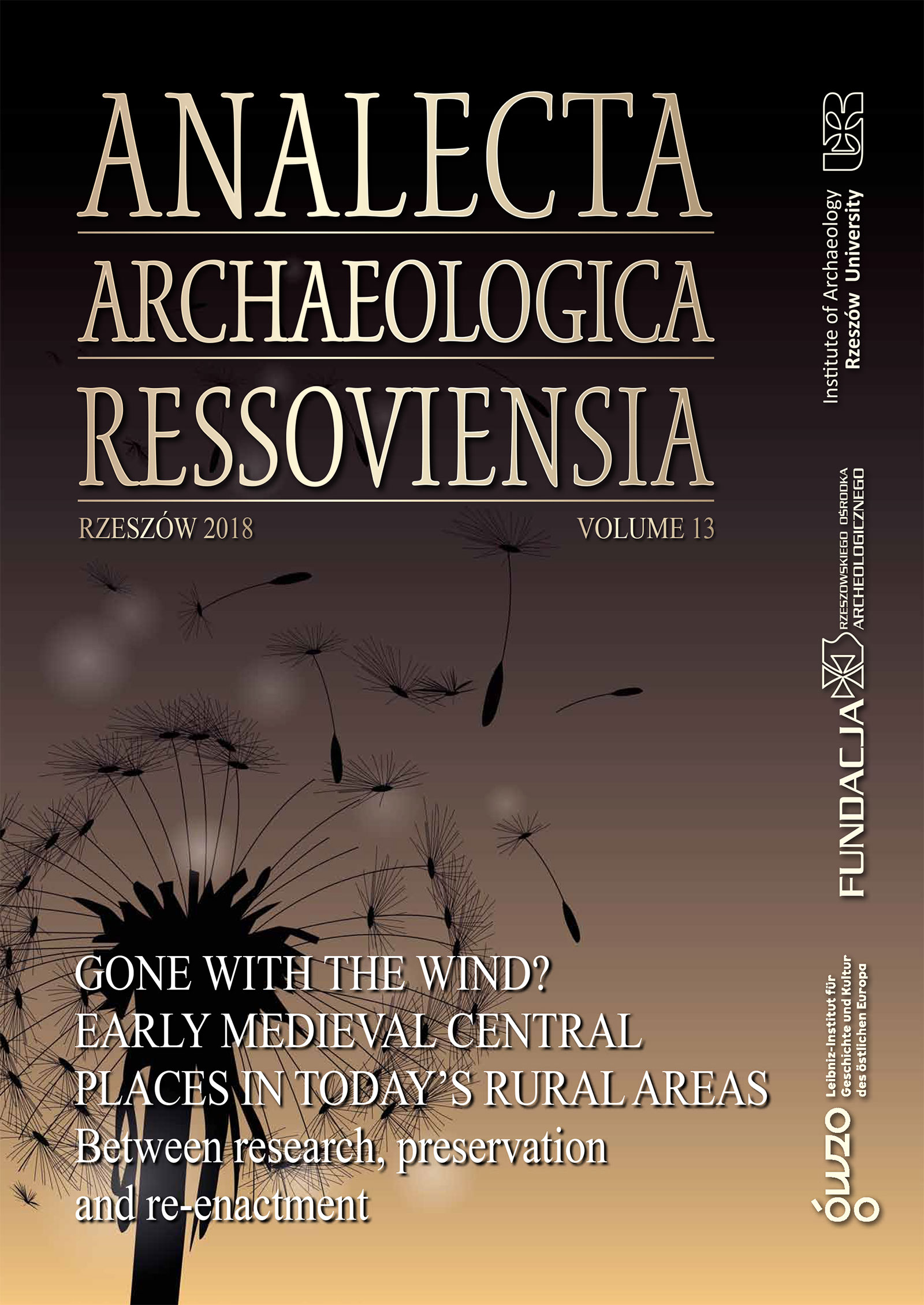Blowing in the Wind, Sinking in the Swamp: Mosaburg – Zalavár
DOI:
https://doi.org/10.15584/anarres.2018.13.8Keywords:
Mosaburg, Zalavár, Blatnohrad, politics in archeology, memorialsAbstract
Zalavár and its surroundings are considered one of the most important 9th-century localities in the Carpathian Basin. The centre at Zalavár-Castle Island retained its role even after the Hungarian conquest and kept it until the 13th c. By the middle of the 20th c. the remnants over the surface were completely destroyed, and in some places even the foundations were removed. Although archaeological research revealed many remains, only a few were reconstructed. Considering the 19th and 20th-century political/national ideas about the site, its interpretation Archaeological excavations resulted in new information about the region, which led to an increased interest in the site and to both tourism and pilgrimage evolving significantly. The site became a place of political commemoration. Due to social changes among the villagers from Zalavár, the community gradually lost interest in the site, even though it lies only 1.5 km from the village. Experience suggests that without involving the local community, conservation work will be unviable.

